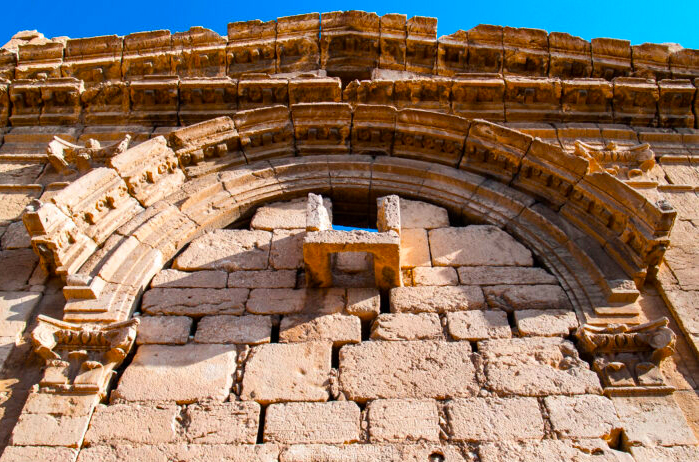Syria Roman Archaeology : Tucked in the vast landscapes of Syria, far from the noise of modern cities, lie four towns that carry the deep resonance of ancient civilizations: Haran al-Awamid, Yabrud, Qara, and al-Dumeir. These destinations are part of the remarkable Syria Roman Archaeology network—places where history still breathes through every column, cave, and stone.
Some stand in silence, others still echo with life, yet all preserve traces of empires and faiths that shaped the region. From Roman temples to early Christian monasteries, the Syria Roman Archaeology reveal how ancient architecture and spirituality intertwined across the centuries.
For travelers with a thirst for history and discovery, these towns are gateways to an unforgettable journey through stone, time, and faith—true gems among the Syria Roman Archaeology that continue to guard the legacy of the ancient world.
Syria Roman Archaeology | Quick Info.
| Site | Location | Era | Significance | Architectural Highlights | Travel Notes |
|---|---|---|---|---|---|
| Haran al-Awamid | Southeast of Damascus | Roman / Byzantine period (~2,000 years old) | Cluster of standing basalt Roman columns, likely from a temple or public building | Tall basalt columns rising in open countryside | Off the beaten path; minimal facilities — best visited with a local guide |
| Yabrud | North of Damascus, near the Lebanese border | Prehistoric to Byzantine | One of the oldest inhabited towns in the world; site of the Yabrudian culture | Limestone caves with Paleolithic tools; Roman temple later turned into church and mosque | Home to the ancient Church of Constantine and Helena; ideal for history enthusiasts |
| Qara | Qalamoun Mountains, north of Damascus | Early Christian / Byzantine | Known for rock-hewn monasteries and ancient Christian heritage | Caves and mountain sanctuaries with frescoes and stone altars | Peaceful, authentic town with traditional houses and spiritual atmosphere |
| Al-Dumeir | Northeast of Damascus | Roman (3rd century AD) | Home to the Temple of Zeus Hypsistos, one of Syria’s best-preserved Roman temples | Intact temple structure with columns, cella, and cornices; Palmyrene influence | Quiet desert town; easily reachable from Damascus; friendly locals |
Haran al-Awamid: Land of the Columns
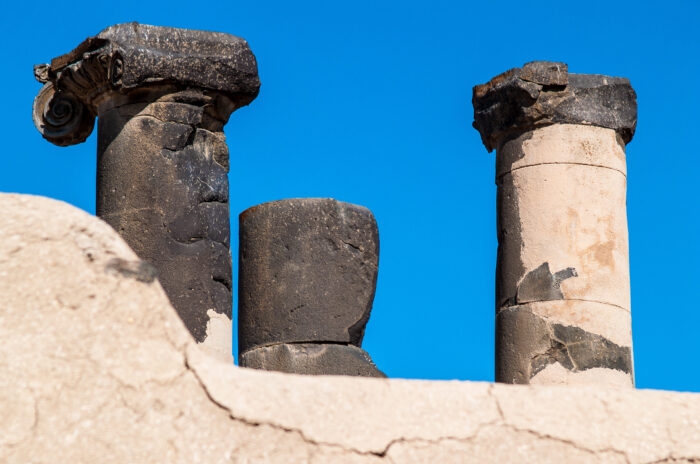
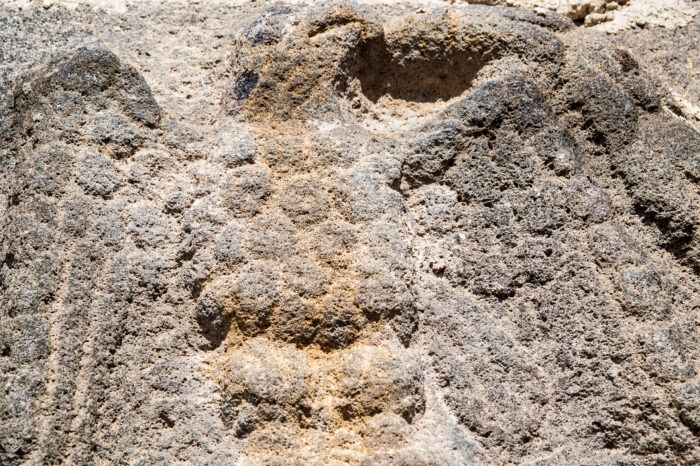
Haran al-Awamid (حران العواميد), whose name literally means “Haran of the Columns,” is a quiet village located southeast of Damascus. It is largely off the beaten path, but its defining feature—a cluster of standing Roman basalt columns—instantly transports visitors back to the classical era. These towering remains are believed to be part of a Roman temple or public structure dating back nearly 2,000 years.
The contrast between the raw basalt stones and the open countryside creates a powerful visual effect. These columns, seemingly rising out of nowhere, stand as lonely sentinels to a once-flourishing settlement during Roman and Byzantine rule. Though little else remains of the original complex, the site’s simplicity and quietude make it a fascinating stop for photographers, history enthusiasts, and those who appreciate ruins in their untouched form.
There’s little infrastructure here, so travelers are encouraged to visit with a local guide or during a day trip from Damascus. The lack of crowds adds to its allure—it’s just you and the echoes of forgotten empire.
Yabrud: Where Civilization Began
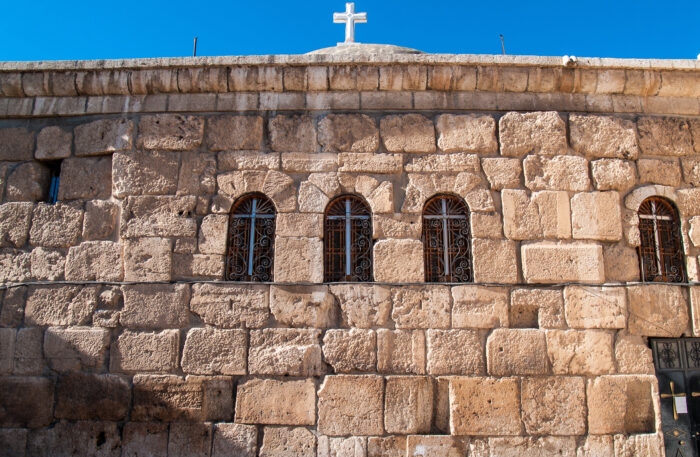
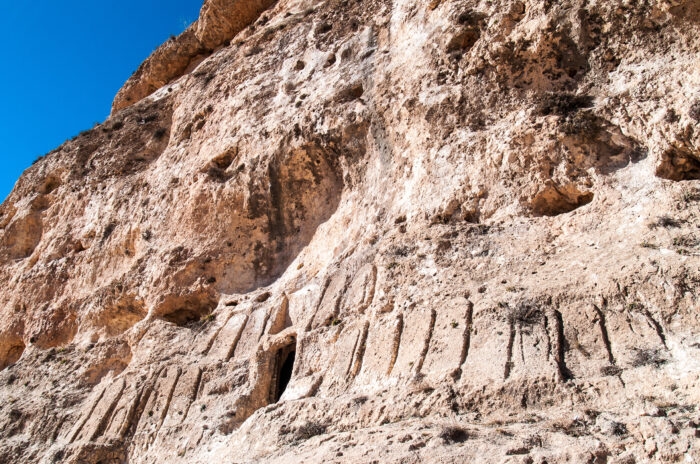
If Haran al-Awamid whispers, Yabrud (يبرود) speaks loudly—and proudly—of its antiquity. Located north of Damascus near the Lebanese border, Yabrud is considered one of the oldest continuously inhabited places in the world. It’s most famous for its prehistoric Yabrudian culture, named after archaeological discoveries made in the area’s limestone caves. These caves have revealed Middle Paleolithic tools and signs of human life dating back over 200,000 years, placing Yabrud at the center of early human settlement in the Levant.
But that’s only the beginning. Yabrud also houses a well-preserved Roman temple, parts of which were later converted into a Christian church and then a mosque—a layered reflection of the region’s evolving spiritual history. Ancient inscriptions, Corinthian columns, and carved stones all remain visible, revealing centuries of religious transformation and cultural fusion.
In the heart of the town lies the Yabrud Church of Constantine and Helena, one of the oldest surviving churches in Syria. Its structure incorporates stones from the Roman temple, and inside, Byzantine-style decorations remain partially visible. The combination of prehistoric, Roman, and Christian layers makes Yabrud a unique archaeological mosaic that appeals to historians and spiritual travelers alike.
Qara: The Town of Hidden Monasteries
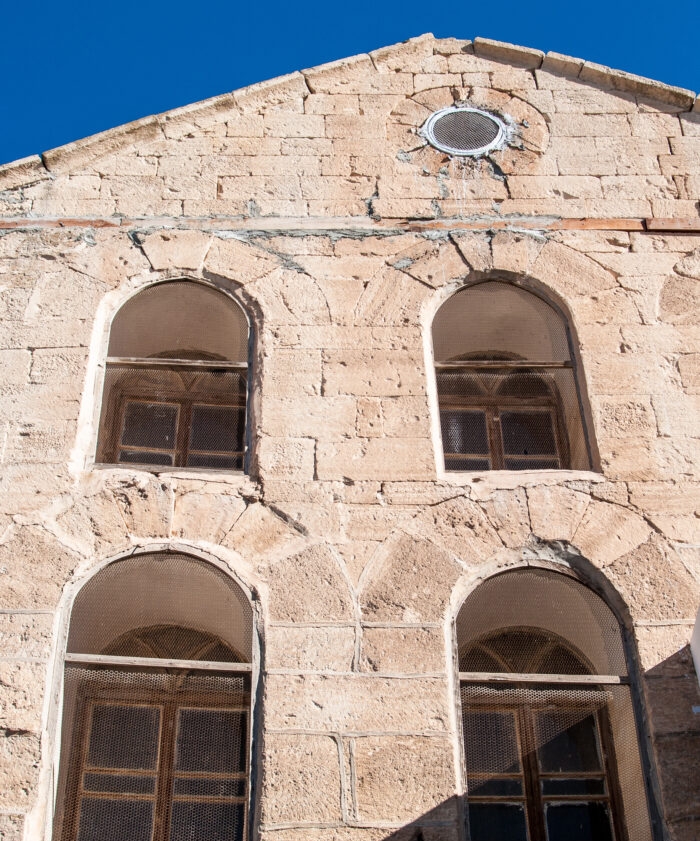
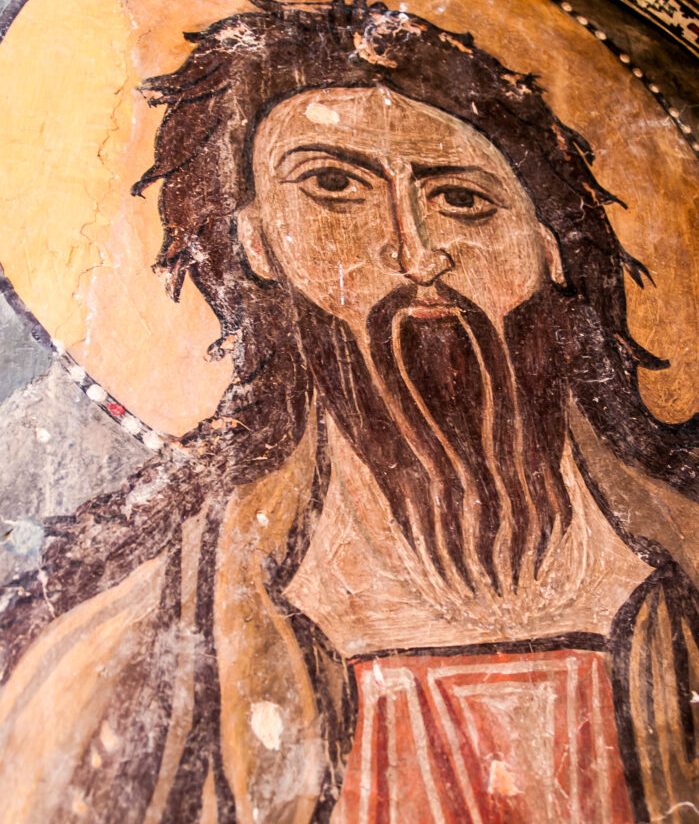
Not far from Yabrud lies Qara (قارة), a serene town surrounded by the Qalamoun Mountains. Though modest in size, Qara is rich in cultural and religious heritage. It has long served as a Christian stronghold, particularly for monastic communities seeking solitude in the surrounding caves and hills.
One of the most remarkable features of Qara is its rock-hewn monasteries and cave churches. These small sanctuaries, carved directly into the mountain, were used by monks and hermits who lived in isolation centuries ago. The caves sometimes feature faded frescoes, stone altars, and crosses etched into the walls—simple, silent signs of a deep spiritual life.
Qara is also known for its traditional houses, narrow streets, and warm hospitality. The town has a timeless feel, and wandering its paths feels like walking through an open-air museum where daily life still continues as it has for generations.
Travelers who are interested in religious history, Eastern Christian monasticism, and off-grid exploration will find Qara to be a deeply rewarding stop. With few tourists and minimal commercialization, Qara remains one of Syria’s most authentic and peaceful towns.
Al-Dumeir: Temple of the Sky


The town of al-Dumeir (الضمير) is located northeast of Damascus and is home to one of the best-preserved Roman temples in Syria—the Temple of Zeus Hypsistos (Zeus the Most High). Built in the 3rd century AD, this temple stands remarkably intact, its classical facade still towering over the desert plain.
What makes the temple special isn’t just its preservation, but also its architectural uniqueness. Unlike many Roman temples in Syria that have been heavily modified, the al-Dumeir temple remains close to its original form, with clearly defined cella (inner chamber), columns, and sculpted cornices. The temple was built under the Palmyrene influence, during a time when Roman and local religious traditions merged.
The name “Hypsistos” indicates a syncretism between Zeus and native Syrian deities, making the temple an important site for scholars of ancient religion. In later centuries, the temple was reused by Christians and Muslims alike, adding layers to its sacred identity.
Besides the temple, al-Dumeir’s modern town offers a look into contemporary Syrian life. While the temple is the highlight, the friendliness of the residents and the town’s relaxed pace make for a pleasant and enlightening visit.
Why These Sites Matter
Haran al-Awamid, Yabrud, Qara, and al-Dumeir may not be as internationally recognized as Palmyra or Bosra, but their historical significance is undeniable. These towns represent different layers of Syria’s long human history—from Paleolithic caves to Roman temples, from Byzantine churches to forgotten monasteries.
They also remind us of something deeper: that civilization isn’t always grand and loud. Sometimes it’s quiet, hidden in mountain caves, resting in dusty stones, or kept alive in the memory of a local elder. For tourists and heritage seekers, these places offer authenticity, depth, and a connection to the ancient world without the barriers of mass tourism.
Tips for Travelers
- Best Time to Visit: Spring and autumn offer mild weather and clearer skies.
- Recommended Gear: Comfortable walking shoes, water, and sun protection; some hikes (especially in Qara and Haran) require light climbing.
- Local Guides: Hiring a local guide enhances the experience and ensures access to lesser-known caves or churches.
- Respect the Sites: Many are still places of worship or reside near homes; modest dress and respectful behavior are appreciated.
Syria Roman Archaeology… Final Thought
Syria’s ancient towns are not just for archaeologists or scholars—they are living records of human ingenuity, faith, and endurance. The Syria Roman Archaeology of Haran al-Awamid, Yabrud, Qara, and al-Dumeir may not shout for your attention, but they whisper truths that have lasted for thousands of years. Exploring these Syria Roman Archaeology reveals a timeless landscape where history and humanity intertwine. To walk among their stones is to walk through the echoes of antiquity itself, discovering why the Syria Roman Archaeology remain some of the most evocative places in the Middle East.
Finally.. If you have any questions, please contact us. To explore further, visit our Facebook Syria collection for rare images and cultural highlights.
Sources & References:
UNESCO – World Heritage Centre: https://whc.unesco.org
Archnet – Architecture & Heritage Database: https://www.archnet.org
World History Encyclopedia: https://www.worldhistory.org
Syrian Heritage Archive Project: https://syrian-heritage.org
Global Encyclopedia: Wikipedia



